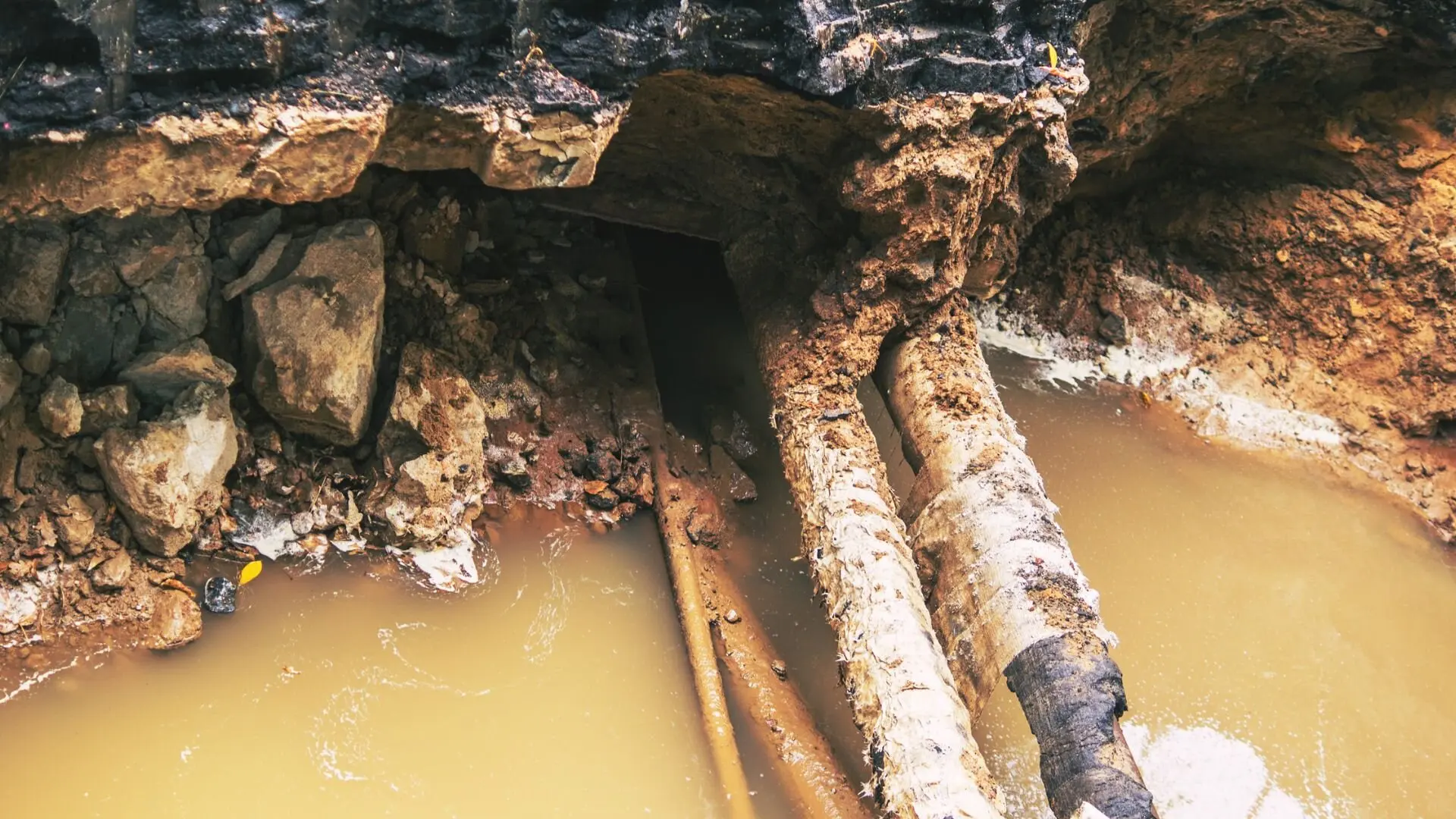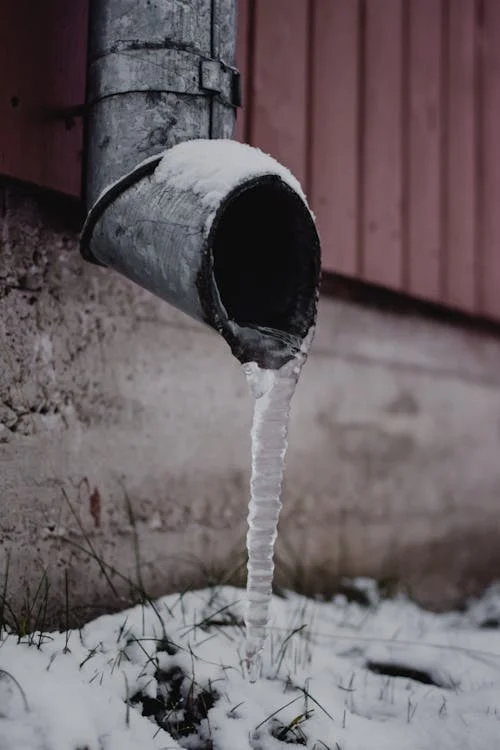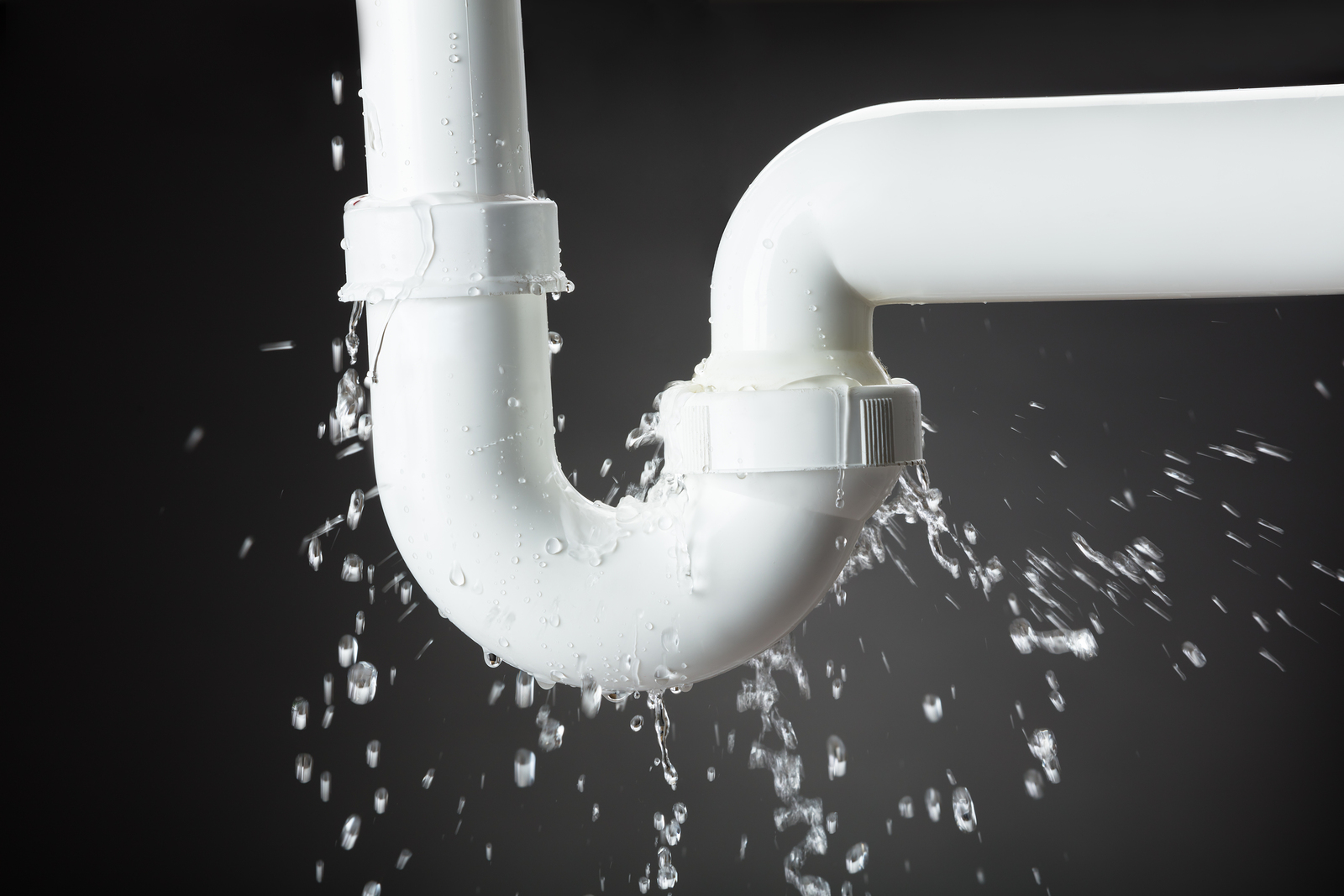The Hidden Dangers of a Burst Pipe and How to Fix It Quickly
The Hidden Dangers of a Burst Pipe and How to Fix It Quickly
Blog Article
Avoiding Ruptured Pipeline: Essential Tips to Shield Your Plumbing
Protecting against burst pipelines is a critical concern for homeowners, especially throughout cooler months when the risk of cold is enhanced. Implementing calculated procedures such as proper insulation, regular inspections, and keeping regular indoor temperatures can considerably minimize the chance of pipeline failure.
Understand Pipeline Vulnerabilities
Comprehending pipe susceptabilities is vital for effective pipes maintenance and protecting against pricey damage. Several elements add to the vulnerability of pipelines to bursts, including material make-up, age, and environmental problems. Older pipes, particularly those made from galvanized steel or polybutylene, often break down over time, causing boosted risk of leaks and ruptures.
Temperature fluctuations can likewise substantially impact pipe stability. In chillier climates, water caught in pipelines can freeze, putting in and expanding pressure on the pipe walls, which may inevitably cause a burst. High water stress can strain pipelines, particularly at joints and bends, increasing the chance of failure.

Insulate Piping Correctly
Appropriate insulation of pipes is important for stopping cold and subsequent bursts throughout cool weather (burst pipe). Protecting your plumbing system effectively safeguards versus temperature goes down that can lead to expensive damage. Begin by determining prone areas where pipes are revealed to outside temperature levels, such as basements, attic rooms, and exterior walls
Usage foam pipeline insulation sleeves or wrap insulation tape around these areas to supply a protective obstacle. Make certain that all areas of the pipes, particularly those with restricted warm exposure, receive adequate insulation. Pay special focus to fittings and joints, as these are much more at risk to freezing.
When protecting, it's important to pick products that fulfill local building ordinance and are ideal for the details environment. Fiberglass insulation is typically advised for its thermal resistance residential properties. Additionally, consider utilizing warmth cable televisions or tape in severe problems, which can be plugged in to offer supplemental warm
On a regular basis inspect protected pipes for any type of indications of wear or damage, as compromised insulation can reduce its performance. By taking these positive measures, you dramatically reduce the risk of pipe ruptureds, making certain a trusted pipes system throughout the wintertime months.
Maintain Consistent Temperature
A stable interior temperature is crucial for stopping ruptured pipes throughout the freezing months. When temperature levels drop, water within pipelines can freeze, producing and expanding pressure that might eventually trigger the pipes to burst.Making use of a programmable thermostat can help handle indoor temperatures properly, guaranteeing that rooms with plumbing stay warm even when the house is vacant.
On top of that, it is prudent to enable faucets to drip a little during severe cold snaps. This minor circulation of water can protect against cold by alleviating pressure within the pipes. Additionally, throughout specifically severe weather condition events, consider temporarily putting on hold any kind of nighttime setbacks on your thermostat to keep a consistent cozy setting. By carrying out these strategies, homeowners can significantly minimize the threat of pipe ruptureds and secure their plumbing systems against the extreme winter season components.
Consistently Check Plumbing
Routine examinations of pipes systems are critical for stopping burst pipelines and keeping total home honesty. During these evaluations, it is important to take a look at noticeable pipes for indications of corrosion, leakages, or use.
In addition, checking joints and connections is crucial, as these factors are commonly susceptible to leakages. Homeowners should also examine water stress degrees, as extreme stress can strain the plumbing system and raise the danger of pipeline bursts.
Consider organizing professional pipes evaluations at the very least as soon as a year, particularly before winter, to guarantee your system is prepared for chillier temperatures. By being aggressive in your method, you can secure your home versus the turbulent and costly repercussions of burst pipes.
Know Emergency Situation Procedures
Comprehending emergency procedures is important for every single property owner, particularly after performing normal pipes assessments. Being gotten ready for a plumbing emergency situation can considerably reduce damage and save costs. First, find your main water shut-off valve; it is generally discovered near the water meter or where the major line enters your home. Acquaint yourself with its procedure, as closing off the water quickly can protect against substantial flooding.
Following, maintain crucial tools convenient. A plumbing emergency situation kit must include a wrench, bettor, and towels, along with a flashlight and a container for small leakages. Additionally, consider my link having the call information for a trusted plumbing technician easily offered, should the scenario escalate beyond your control.
If you identify a leak or ruptured pipe, instantly turn off the water supply and alert your plumber. Record the damages with photographs for insurance purposes. Understand the indicators of prospective pipes concerns, such as uncommon water stress fluctuations or damp areas on walls
Inevitably, positive understanding and swift action are critical in taking care of plumbing emergencies, ensuring your home remains safeguarded and lessening prospective damages.

Conclusion
To conclude, preventing burst pipelines necessitates a multifaceted strategy that consists of understanding pipeline vulnerabilities, proper insulation, maintaining regular indoor temperatures, regular evaluations, and expertise of emergency situation treatments. By applying these vital methods, the risk of plumbing failures can be substantially minimized, thus ensuring the longevity and efficiency of the plumbing system. Proactive procedures not just protect versus possible damages yet also add to total water preservation and the security of building.
In colder environments, water trapped in pipelines can ice up, exerting and expanding pressure her response on the pipe wall surfaces, which might eventually lead to a ruptured. When temperature levels drop, water within pipelines can freeze, additional info broadening and developing stress that may ultimately trigger the pipes to ruptured. By applying these methods, home owners can significantly minimize the threat of pipeline bursts and guard their plumbing systems against the extreme winter season elements.

Report this page